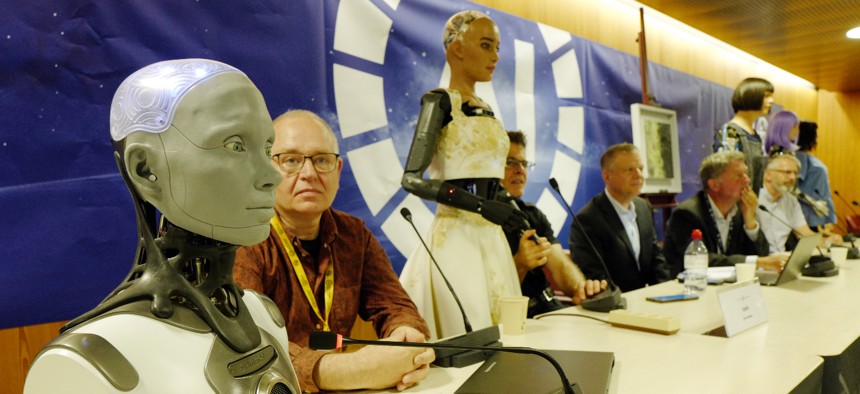Tissue Engineers Create a New Way to Assemble Artificial Tissues, Using ‘Biological Legos’
Tissue engineering has long held promise for building new organs to replace damaged livers, blood vessels and other body parts. However, one major obstacle is getting cells grown in a lab dish to form 3-D shapes instead of flat layers.
Researchers at the MIT-Harvard Division of Health Sciences and Technology (HST) have come up with a new way to overcome that challenge, by encapsulating living cells in cubes and arranging them into 3-D structures, just as a child would construct buildings out of blocks.
The new technique, dubbed “micromasonry,” employs a gel-like material that acts like concrete, binding the cell “bricks” together as it hardens. Ali Khademhosseini, assistant professor of HST, and former HST postdoctoral associate Javier Gomez Fernandez describe the work in a paper published online in the journal Advanced Materials.
The tiny cell bricks hold potential for building artificial tissue or other types of medical devices, says Jennifer Elisseeff, associate professor of biomedical engineering at Johns Hopkins University, who was not involved in the research. “They’re very elegant and have a lot of flexibility in how you grow them,” she says. “It’s very creative.”
Related articles by Zemanta
- Micromasonry & Biological Lego (schott.blogs.nytimes.com)
- Novelties: Replacement Bones, Grown to Order in the Lab (nytimes.com)
- A ‘fat forward’ research tool (scienceblog.com)









![Reblog this post [with Zemanta]](http://img.zemanta.com/reblog_b.png?x-id=14a51dd4-b742-480a-9a42-060f8aef11bd)
